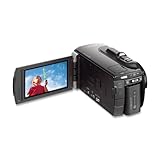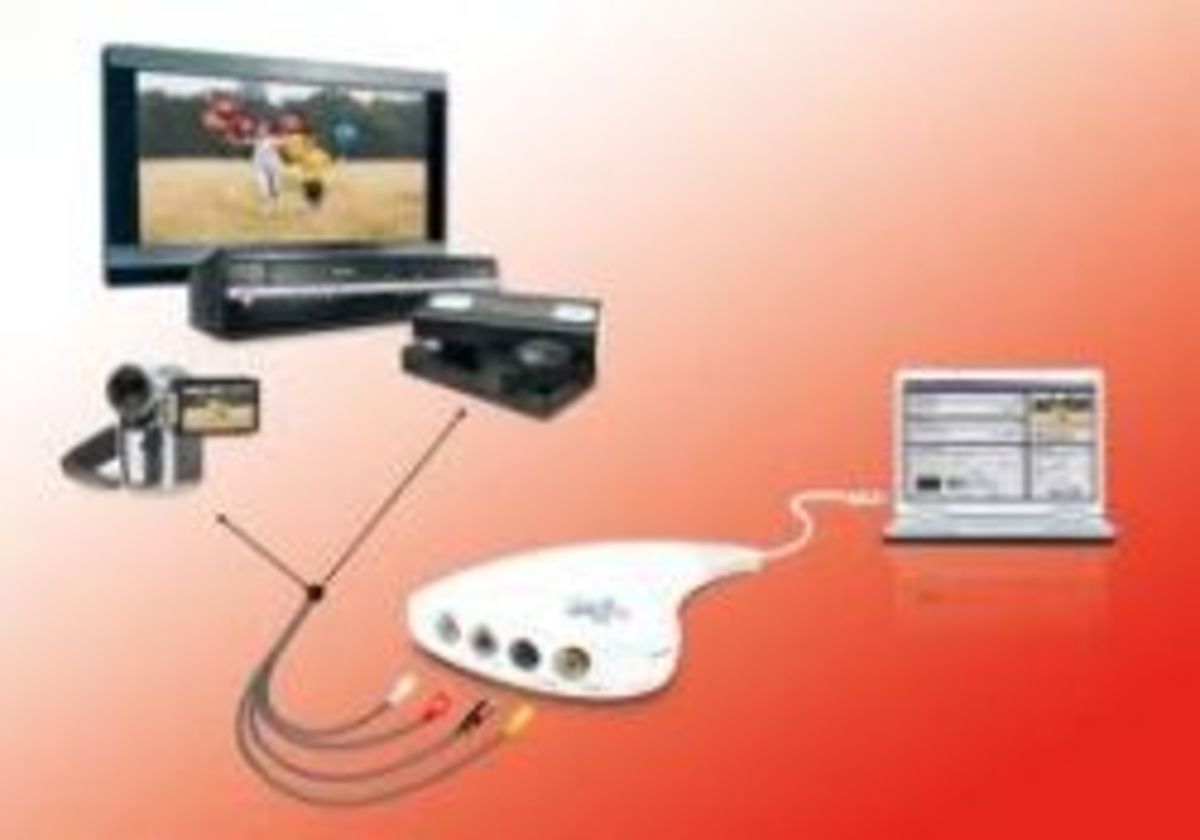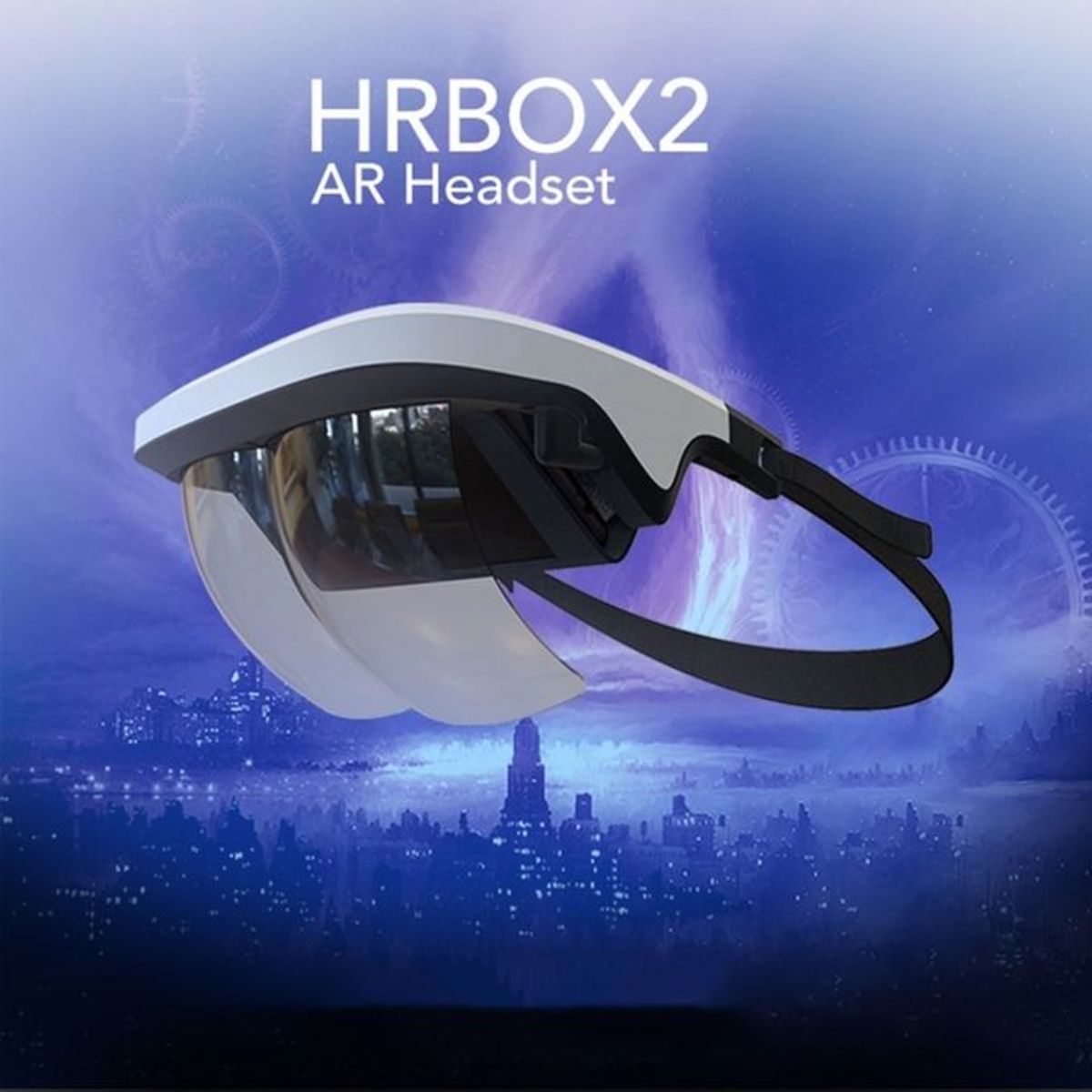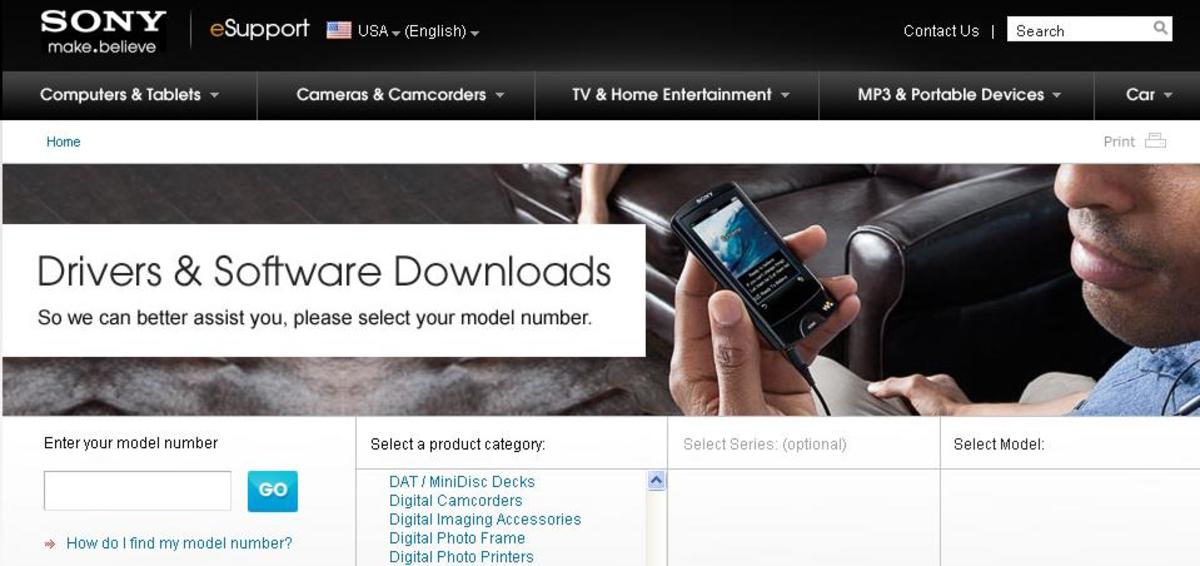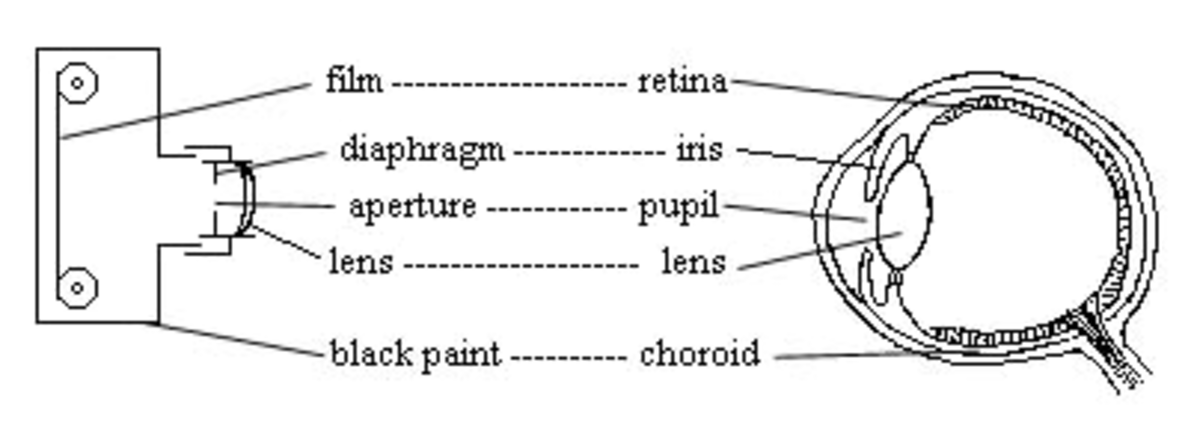- HubPages»
- Technology»
- Consumer Electronics & Personal Gadgets»
- Portable Electronics
The 3D Camcorder: Adding WOW to Your Movies

Is a 3D Camcorder in Your Future?
Millions of us have enjoyed 3D films at movie theaters. By mid-2010, televisions had emerged on the market and some stations had begun transmitting programming in 3D as well. Now 3D digital cameras and camcorders are also on the market.
The number of camcorders with this capability which are available to consumers is limited but is increasing nearly every month. Panasonic, Sony, JVC, Viewsonic, and others all have 3D models. They range from pocket camcorders to full featured models. There are also professional level devices such as the Panasonic HDC Z10000, but they are not the focus on this page.
Learn more about these new video cameras below.
The Advantages and Disadvantages
A 3D camcorder allows you as a movie maker more creativity. Potentially your movies will have more of a Wow factor. In addition, 3D is gradually infiltrating everything we view, so by having it you are staying up-to-date. The device you choose shouldn't be out-dated quickly.
On the other hand however, a 3D camcorder will cost more that a traditional device with similar features and specifications. In addition, you will need the appropriate devices in order to enjoy your 3D creations. While some of these cameras will display content in 3D, not all of them will. Anyway, how much can you enjoy 3D on a small screen. What you really need is a 3D television and certainly that is an additional expense if you haven't already purchased one. You may also need to invest a bit more in higher capacity memory cards.

Buying Tips
Choosing the right 3D camcorder requires you to think about a number of things. First, it needs to have all of the features you would want on any camcorder. For instance you'll need to consider the sensor(s). The more and the larger, the better in general. You'll also want good resolution and a high frame rate. A rate of 15fps is minimal, 30fps is better, and 60 is superior.
Of course optical image stabilization can help reduce jitteriness and sufficient optical zoom allows you to get up close shots even when you can't step closer. Sound is important too, so 5.1 channel recording is often preferred. You can look for other technologies like noise reduction, face detection, and "intelligent" technologies which allow the device to adjust exposure, shutter speed, focus, and so forth for you. For those who want to do more with their video however, having manual control of such settings is equally important.
Users who have more basic needs may be more interested in ease of use. For instance, the one button uploading to YouTube may be more critical for them.
Beyond this, when it comes to a 3D camcorder you want to be sure you know how you will be able to view your creations. Will it require special 3D glasses? Can you view the 3D effect on the camcorder's display? What 3D televisions will display your video? Can you view your 3D movies on your PC or on a photo frame?
In general, you can't view 3D on a screen that doesn't have this capability. When you get special 3D glasses, they will allow you to view it on a 3D screen, but remember, everyone who looks at it will also need the special glasses. You should probably also investigate which features can be used in 3D as it's possible that not all of the camcorder's features can be used in this mode.
Tips for Shooting 3D Video
There are a few things about shooting in 3D that you should be aware of in order to get the best results. Below is a short video that discusses a few of these suggestions.
Panasonic's SDT750K
The first consumer level 3D camcorder comes from Panasonic. The HDC SDT 750K will shoot full HD video at 60 frames per second for smooth flawless video. It features advanced 3MOS and intelligent auto technology to assure clear, crisp images and Hybrid optical image stabilization to eliminate jittery recordings due to hand shake. This video camaera also features improved noise reduction features and 12x optical and 18x intelligent zoom.
This device has a 3" touchscreen LCD, and an F1.5-F2.8 Leica Dicomar lens. This 25mm wide angle lens allows users to get more in a shot. It also comes with a 3D conversion lens and allows you to record left and right images simlutaneously to create 3D images. In order to enjoy these recordings in 3D, users must have the appropriate display/TV, glasses, and so forth.
The manual control ring gives users the ability to directly adjust focus, zoom, white balance, exposure, and shutter speed. This device has 5 directional microphones, recording in 5.1 channel for superior audio. Other features include face detection, smile shot, time lapse recording, intelligent scene selection, and intelligent contrast control.
A Closer Look at the Panasonic 3D Camcorder
Panasonic's HDC-HS900K
The HS900K is another one of Panasonic's 3D camcorder models. It features a 220GB hard disk drive and memory card slot for storing the 1920 x1080 video it will capture. It records 60p and also has a 24p mode as well. It features a 3MOS sensor system, a 35mm wide angle Leica Dicomar lens, 12x optical zoom/20x intelligent zoom, and hybrid optical image stabilization for blur free photos and video.
This camcorder records in 2D but if the 3D converter lens is purchased it allows this device to record in 3D as well.
This device can shoot 14 megapixel still images (13 megapixel images while simultanteously recording video). The 3.5" touch screen provides easy navigation, zooming, and more. It offers a variety of scene modes such as low light, snow, beach, sunset, fireworks, night scenery, and many more as well as a macro mode.
Audio recording is also superior with Dolby Digital 5.1ch Surround Sound with 5 condenser mics for a 3D effect, a zoom mic, and wind noise cancellation feature.
The TM900 is virtually the same 3D camcorder (when combined with the converter lens) but with 32GB of internal flash memory rather than the hard disk drive while the SD800 records to removable memory cards.
Panasonic HDC TM90K
The TM90K is another camcorder capable of recording 3D and it is also provided by Panasonic. It records 1920 x 1080, 60p progressive video and a 28mm wide angle lens. It features hybrid optical image stabilization and 40x zoom. This camcorder has both 2D and 3D video capture capability.
Users can also capture 5 megapixel still images as well. It has a 3" LCD touchscreen for easy control, 11 scene modes, a soft skin mode for making subject look their best, and a tele macro mode that allows for great looking extreme close ups. Audio is greatly improved with the zoom mic and wind noise canceller. This camcorder offers 16 GB of built in flash memory.
Sony HDR-TD10
This 3D video camera from Sony features 2 wide angle lenses, 2 CMOS back-illuminated CMOS sensors, and 2 image processors. It offers 10x optical zoom and 12x digital zoom. It records 1920 x1080 full HD 3D video and 2D 7.1 megapixel still images.
This camcorder has a 3D 3.5" LCD touch panel display, optical steady shot image stabilization, wind noise reduction, face detection, smile shutter, multiple scene/shooting modes, a stereo minijack, accessory shoe and remote terminal, and 2 step microphone level control.
You can connect this device to your compatible HDTV and enjoy your video in 3D or 2D.
JVC GS-TD1
The GS-TD1 is Panasonic's 3D camcorder. It records in 1920 x 1080 full HD resolution. It features twin 3D lenses, advanced image stabilization for smoother films, and a 3.5" 3D touch screen LCD panel which allows you to play back your movies in 3D.
This video camera also offers 5x optical zoom in 3D mode and 10x optical zoom/200x digital zoom in 2D mode. The two back-illuminated CMOS sensors allow this device to provide outstanding performance even in low light shooting situations. The Biophonic audio provides 3D sound. It also offers plenty of storage for those high definition images with 64GB of internal flash memory and an SDXC card slot.
Sony Bloggie
The Sony Bloggie is a pint sized video camera but one that has big video recording skills. This 3D camcorder is available in black, white, and violet. It records 1920x1080p MP4 HD video and 5 megapixel still images as well. You can view your images/video in 3D directly on the 2.4" LCD screen without the need for any special glasses. You can also enjoy your creations on a compatible HDTV/3D HDTV.
This tiny video camera features face detection technology, a built-in LED light for low light situations, steady shot image stabilization to reduce blurring, an auto macro mode that allows you to shoot within 4" of your subject while maintaining good focus, and a flip-out USB arm for easy uploading and charging. This device allows you to record up to 4 hours of 3D or 2D HD video with it's 8GB internal memory.
Aiptek
This 3D camcorder from Aiptek is an option at the lower end of the spectrum. It has 2 lenses and two 5 megapixel sensors to allow you to shoot 720p 2D video or 3D. It features a 2.4" color display, a pop up USB, easy uploading to YouTube, and comes with software to allow users to convert their video to enjoy on almost any 3D TV.
Enjoying the 3D video on PC is easy with the included red/cyan glasses (much more affordable that the typical 3D glasses) but another plus is that users can enjoy their 3D creations on the device's display or on the Aiptek 3D photo frame without the special glasses. The 7" photo display has a Parallax Barrier which allows it to display the 3D images. Users can also switch to 2D viewing by pressing a button. The photo display has a 16GB card slot and rechargeable lithium polymer battery.
This Aiptek device has an expandable memory with a 32GB card slot.


